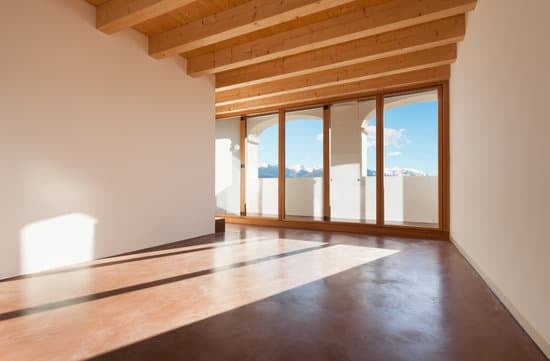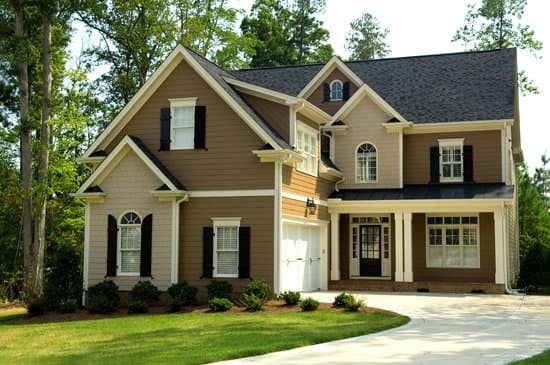When it comes to purchasing a home, the age of the house should not be viewed as an insignificant aspect. In fact, experts recommend that it should be on the top of the list of factors to consider. While the housing market may have remained the same over the years, trends that impact the construction of homes have evolved over time. Here are some reasons why the age of a house matters:
Technology and building codes: Older homes may not have the latest technology or meet modern building codes, which can result in maintenance issues or safety concerns.
Curb appeal and character: Newer homes may have a more modern aesthetic, while older homes can offer unique architectural features that add character and charm.
Construction materials: The materials used in older homes may be less energy-efficient or may have degraded over time, leading to issues like mold or water damage.
Renovation potential: Older homes may require more updates and renovations, but can often offer greater potential for customization and personalization.
Overall, it’s important to consider the age of a house and weigh the pros and cons before making a purchase decision.
When it comes to purchasing a house, many homebuyers prioritize factors such as location, price, and amenities over the age of the home. However, experts suggest that the age of a home should be a major consideration when making a decision. Over time, various trends and changes have impacted the construction, safety, and design of homes, making the age of a home a critical factor to take into account. In this article, we delve into the reasons why age matters when purchasing a home.

















